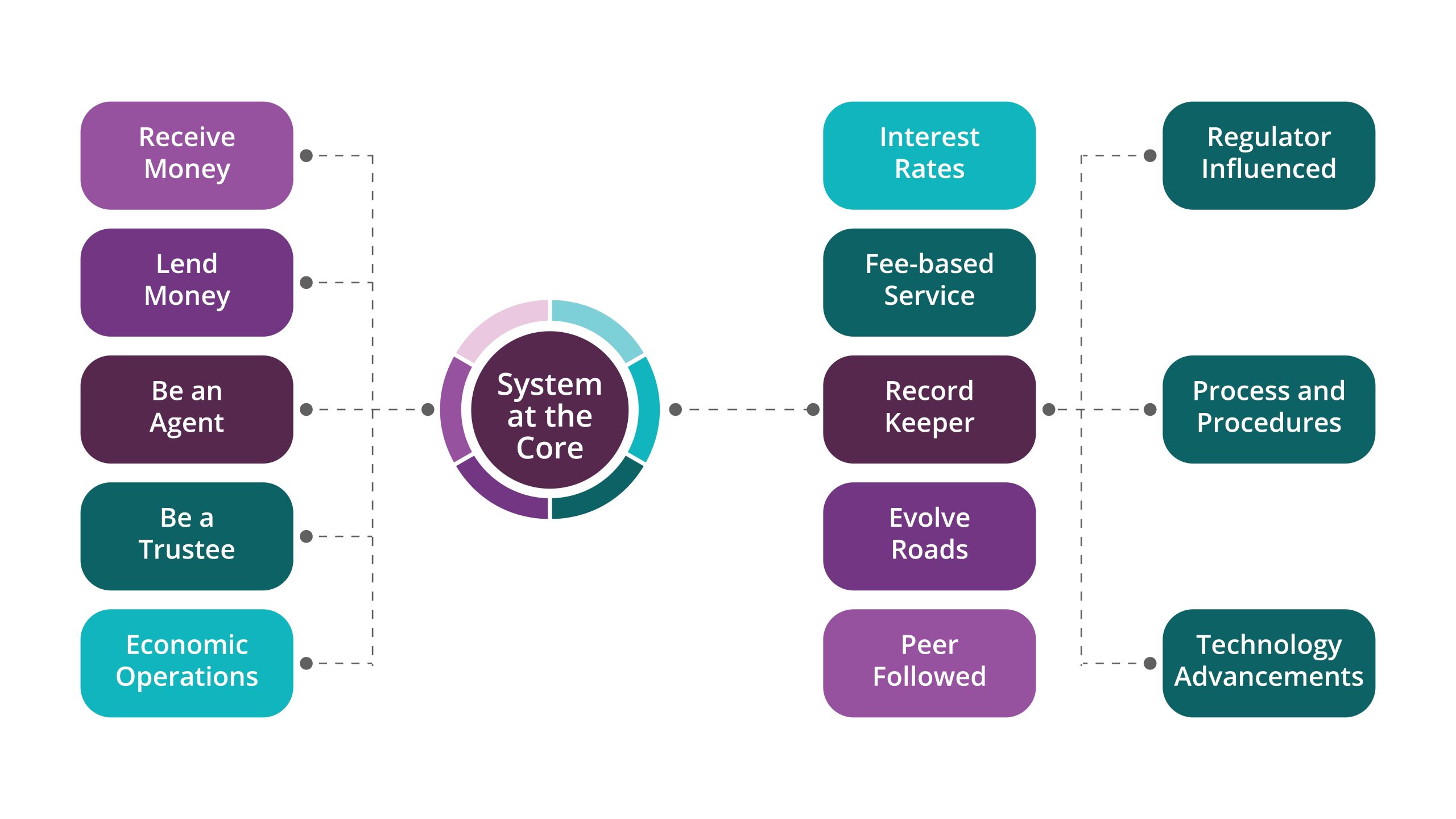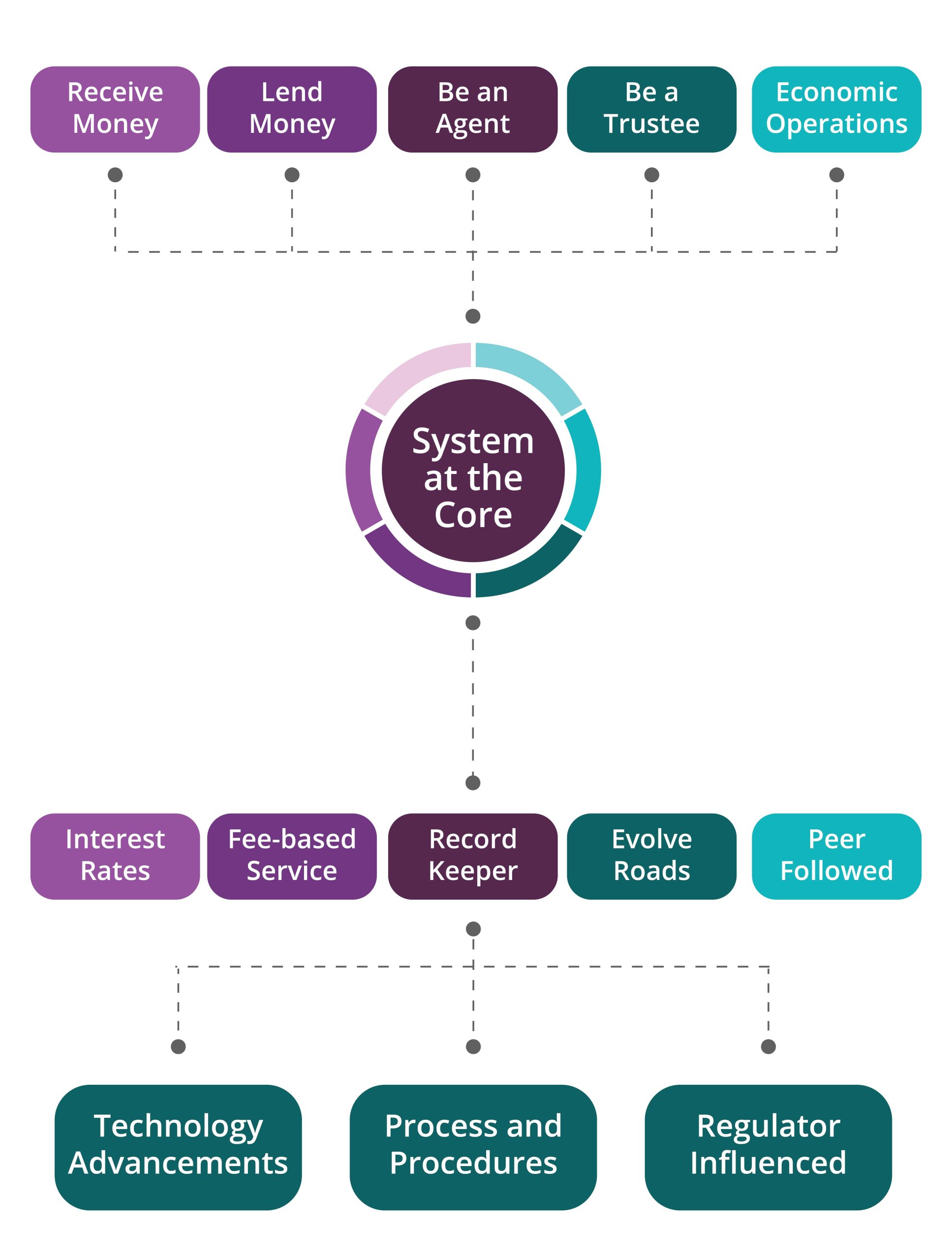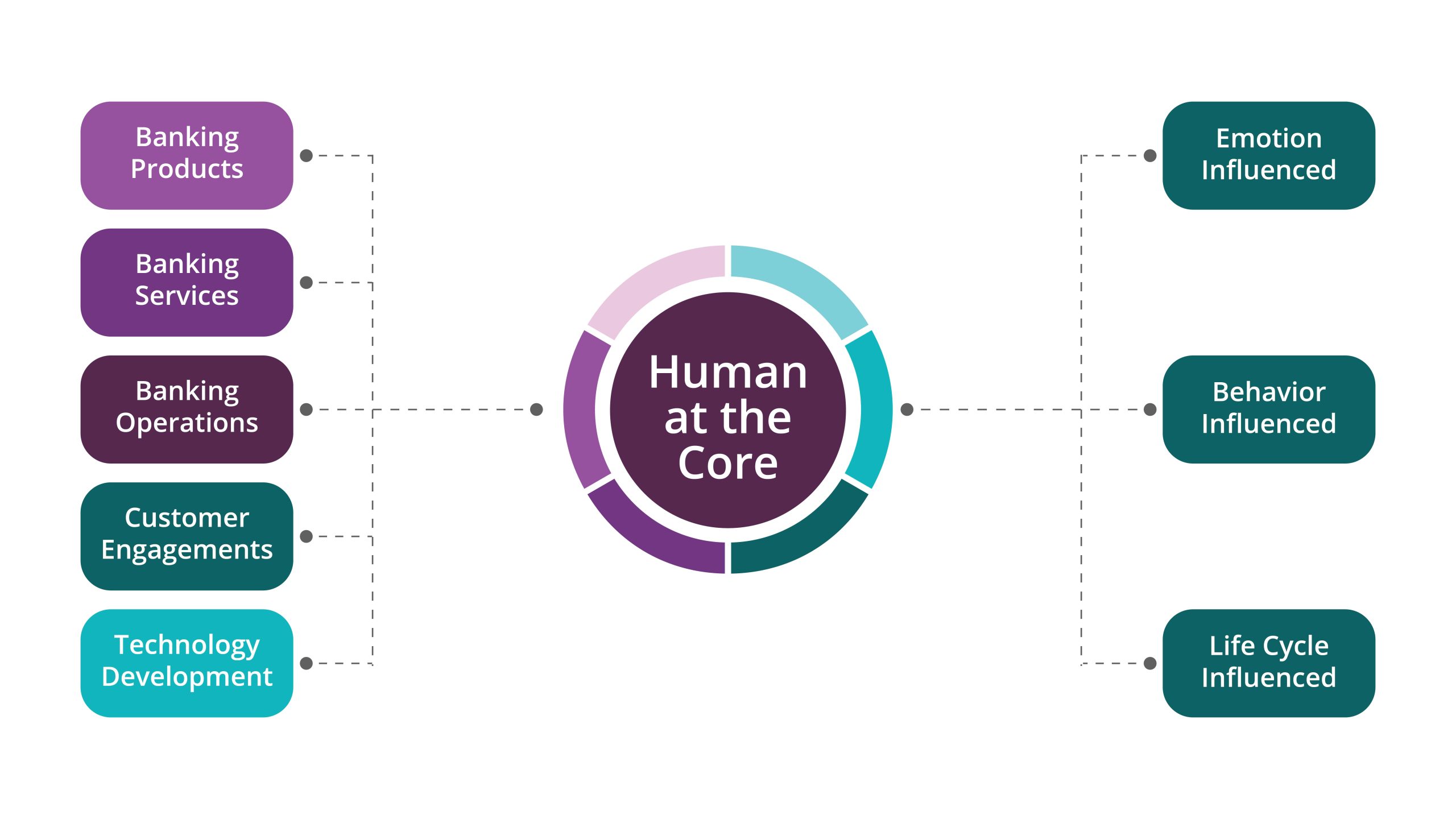When was the last time you stepped into a physical bank branch? Chances are it was a while ago. Technology has brought banking to our fingertips and changed the way banking functions. Today one doesn’t even need to engage with a traditional bank if they don’t want to. FinTechs and technology giants too offer several innovative and easy financial solutions delivered anywhere, any time. But can any business operate in a wholly impersonal manner? Can a bank really build trust and loyalty with a completely digitized experience only? Has the time come to focus on humanizing banking in the digital era?


The business of banking is fundamentally about human beings and human interactions. After all, banks were created for people to manage their money in a safe and secure manner. In the past, banking involved a lot of human interaction, although it was not necessarily human centric. An individual went to a physical bank branch, filled out forms, sometimes in multiple slips, stood in a queue, interacted with a cashier and either deposited or withdrew money. Banking was system-focused with the business being managed primarily as a transaction system, governed by rules, regulations, and market factors. Processes, policies, and changing technologies also played a role in how banking was managed. Customers existed on the periphery of the system and business returns from technology were more important.
As new technologies emerged, banks accelerated their digital transformation efforts to meet changing customer demands for easy on-demand access and personalization. But there were regulatory requirements to be complied with, leading to a situation where contradictory practices were in place. For example, on one hand banks sent e-statements to save paper, allow anytime, any device access but still insisted copious amounts of physical documentation for KYC requirements. This was contradictory and resulted in a confusing and fragmented customer experience at a time when most other services they engaged with offered a seamless and unified experience. But this also left some room for human interaction for those hesitant to adopt new and unfamiliar technologies. For example, ATMs and Banking Kiosks were introduced in a bid to reduce human interface at physical branches and encourage remote access to banking facilities. But a section of the population found them difficult to use. There was no rule in place stopping customers from going to the branch for every transaction, and so they did, preferring to have a bank teller handle their requirements instead of a machine.
The pandemic further accelerated the pace of digital transformation. Almost overnight, the world had no choice but to move to digital banking and the experience became a fully impersonal, technology-driven one. Since footfalls in physical branches dwindled, banks had to step up their in-person outreach programs to maintain customer engagement outside of the online world. Banks today must realize that no amount of technology can replace all human interaction. Human interaction in banking plays a crucial role in building trust and loyalty. A friendly face, a reassuring voice, and personalized advice can make a significant difference in a customer’s banking experience. In moments of financial uncertainty or complex transactions, customers need the empathy and guidance that only a human banker can provide.


There is no question that the future of banking lies in the effective use of technology. Understanding customer expectations and requirements and meeting them with innovative offerings is the only way to succeed in a market characterized by increased competition from fintechs. But even amidst this growing digitization, it is crucial to put human beings at the center of the banking ecosystem. ROI is important for business. But instead of focusing on technology alone, banks need to ensure empathy-driven experiences to drive customer happiness index and deliver value, and ROI will follow. This simply means that banks must place higher emphasis on understanding human behavior to understand customer requirements. Phones manufacturers did this some time ago when they introduced front cameras. They understood or empathized with the human need for documenting memories in the form of photographs and realized that most people would want to be in the photos themselves while they take pictures of others. Today front cameras are often far better with AI enhanced imaging than the back camera so that great pictures can be made in a selfie mode, allowing the photo taker also to be in the picture. This human connection is what people miss in their uber digitized banking experience. This is what forms bonds and helps ensure customer loyalty.
Innovative banks that strive to implement a human-centered design must start with buy-in and support from the senior leadership that then extends to every frontline employee. High value customer touch points that require low interaction but result in rich understanding of their requirements and behavior will be critical in shaping hyper-personalized offerings supplemented by a human centric UX design approach. Ultimately, human-centric thinking and approaches must become integral to the bank’s strategy and be seen in everything they do.
As banks look at leveraging cloud-native, AI-powered platforms to explore new business models, they must put the customer at the core of all their strategies. Understanding regional and cultural nuances through personal interaction and human inference capabilities can help devise better hyper-segmentation strategies. Human behavior, emotions, and lifecycle must form the basis for designing banking products and services. While data will undoubtedly provide invaluable insights into the customer’s requirements, technology must be supplemented and augmented by the human touch. Highly digitized branches with employees simplifying the customer’s physical experience can go a long way to ensuring customer satisfaction.



